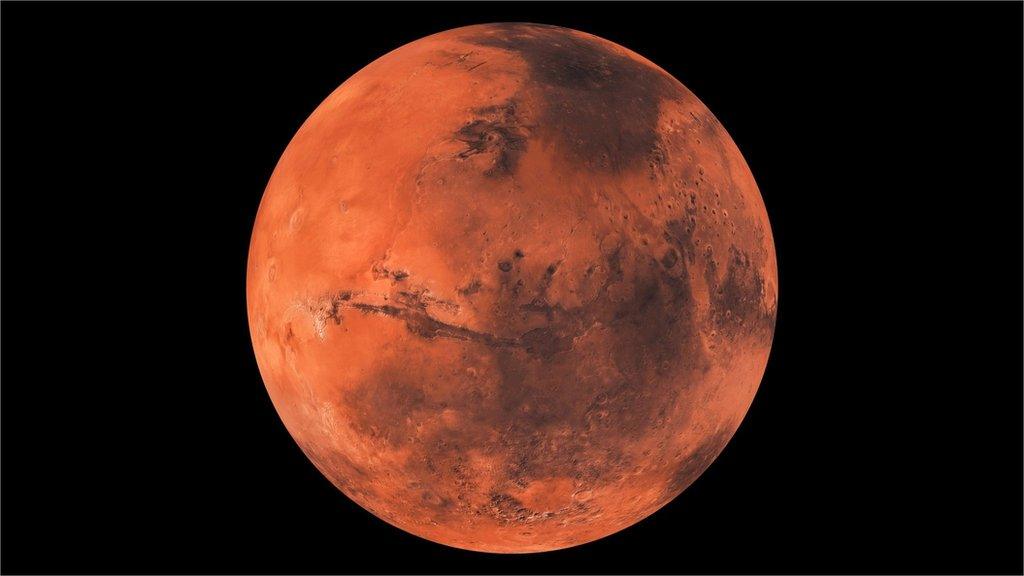Astronauts to collect microorganisms on spacewalk
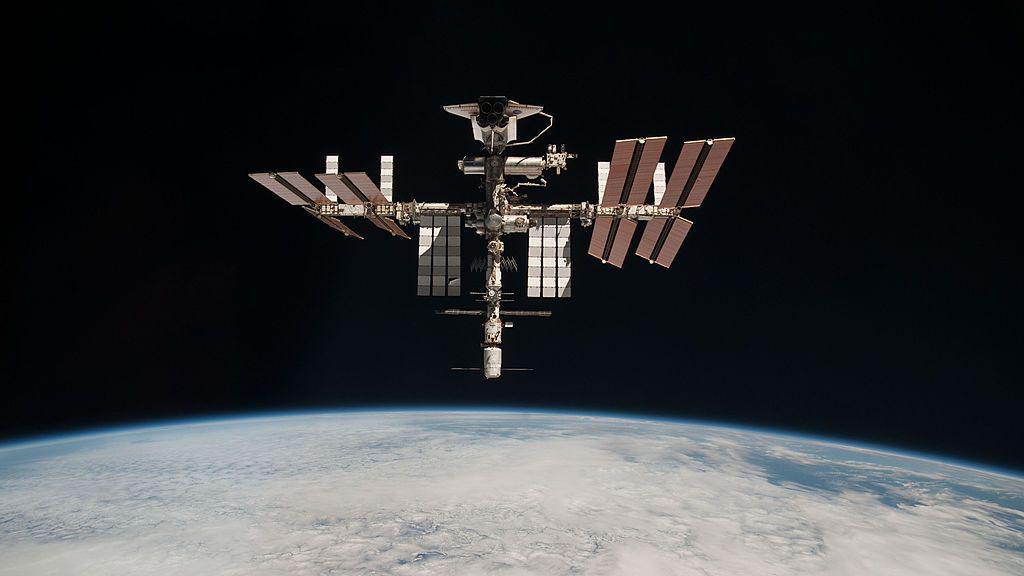
- Published
Two of Nasa's astronauts will be taking part in a spacewalk with a difference outside of the International Space Station (ISS) on Thursday.
Tracy C. Dyson and Matt Dominick will leave the ISS to scrape samples of microorganisms off the side of the space station.
The samples will then be examined for research.
It's hoped this will help provide more information about if and how the tiny organisms are able to both survive and reproduce while living on the outside of the ISS.
Examination of the microorganisms could also give researchers more insight into how life on Earth first began.
More on the International Space Station
Shock as part of space station lands on a house in America
- Published25 June 2024
Caught in 4k: Start-up wants to show Earth in ultra-HD
- Published21 March 2024
Delayed Boeing Starliner docks into ISS
- Published7 June 2024
How do the microorganisms survive?
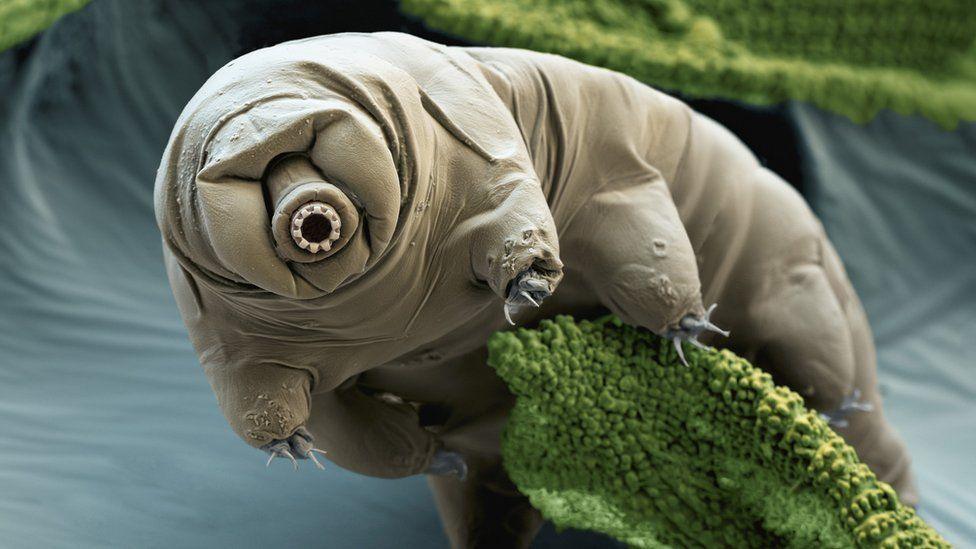
Tardigrades are animals famous for being able to survive extreme conditions
Depending on which direction the International Space Station is facing, compared to the Sun, te conditions can either be super-hot or super-cold.
Also, as space is a vacuum with no atmosphere, air or water, most creatures couldn't survive at all.
Scientists are very interested in which organisms can survive in space, and how.
For instance, back in 2008 scientists from the European Space Agency reported how tardigrades - sometimes known as water bears - have survived outside the Earth’s atmosphere.
“The space vacuum, which entails extreme dehydration and cosmic radiation, were not a problem for water bears,” says project leader Ingemar Jönsson, from the University of Kristianstad in Sweden.
Other ESA experiments have shown that lettuce seeds and lichen were also able to survive exposure to space.
What is the ISS?
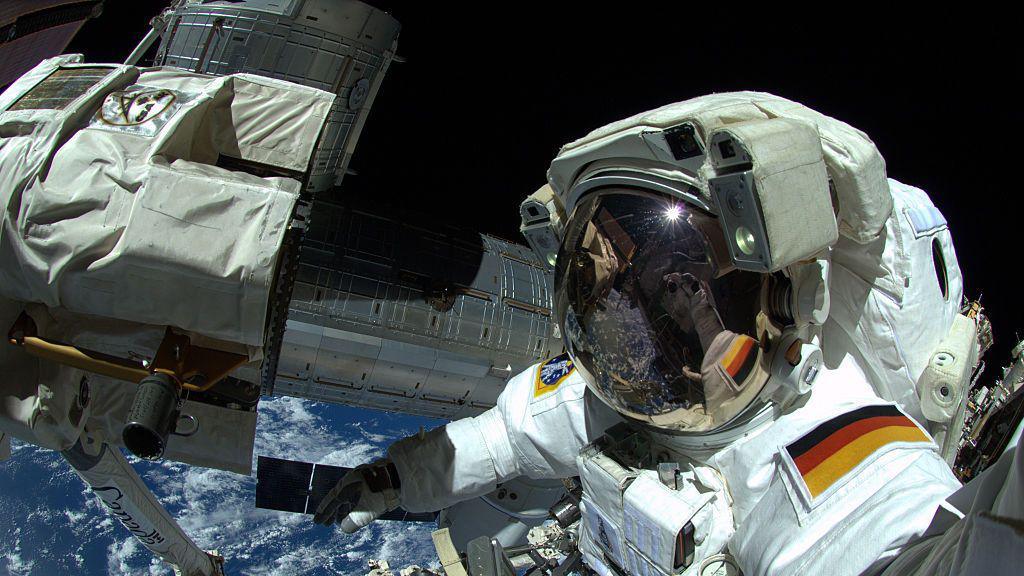
The ISS has always had someone living on it since November 2000
The ISS is essentially a huge floating laboratory.
It was launched back in 1998 and has been in space for more than 25 years.
Astronauts (people trained in the US, Canada, Europe and Japan to work in space) and cosmonauts (trained in Russia) travel 250 miles above Earth to live, work, and conduct science experiments in orbit.
What else will happen during the spacewalk?
What is the International Space Station?
Thursday's spacewalk is expected to last more than six hours.
As well as collecting microorganisms from the ISS, the astronauts will also be removing a faulty electronics box from a communications antenna on the space station.
The spacewalk will be livestreamed by Nasa, allowing audiences to follow what's happening.
More like this
- Published8 April 2019
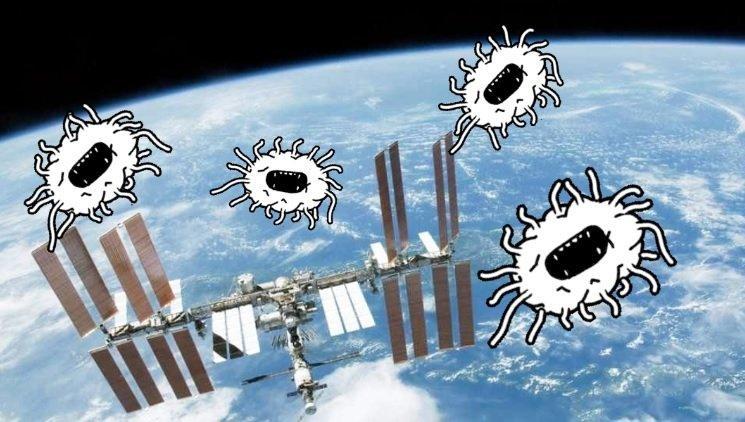
- Published11 May 2023
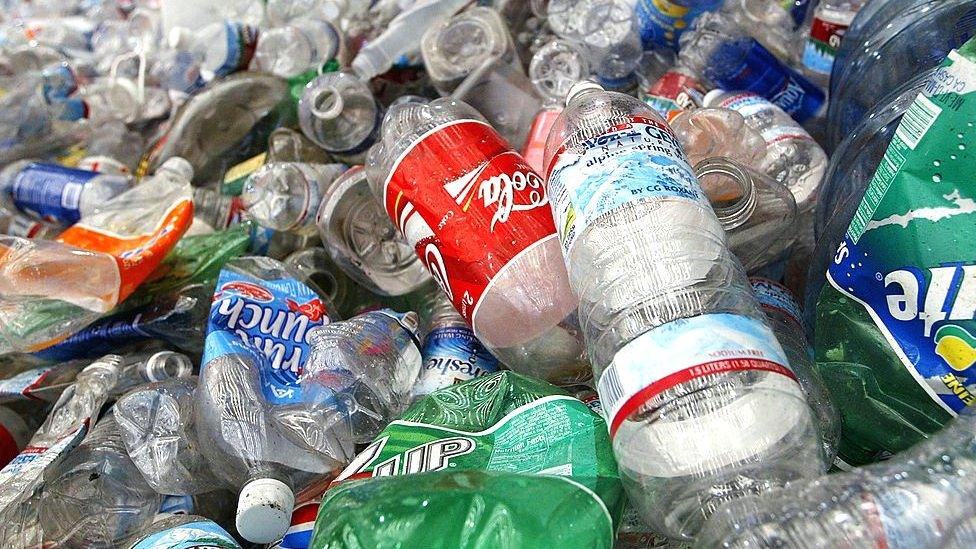
- Published22 February 2021
